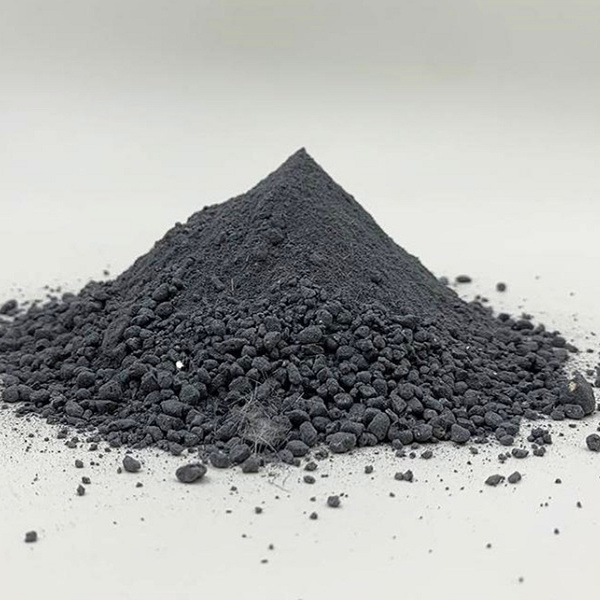Tap trench castable
Classification:
Product Introduction
Tap trench castable is a refractory material specially used in blast furnace tap trench, and its main function is to guide the high-temperature molten iron and slag and make it fully separated. Here are some of the key properties and uses of tap trench castables:
1. Material composition and characteristics of castable in tap trench:
The casthole castable is usually made of brown corundum, dense corundum or high-quality bauxite particles as aggregate, with silicon carbide powder, activated alumina powder, etc. as the matrix, and with a composite binder, which is fully stirred and mixed.
It has good chemical stability and excellent mechanical properties, which is conducive to improving the service life.
It has the characteristics of fast drying, explosion-proof and good fluidity, which is convenient for on-site construction.
Using ultra-fine powder bonding technology, it has high high temperature strength, erosion resistance, and excellent slag resistance.
It can reduce the erosion rate, extend the service life, increase the iron flux and reduce the consumption of refractory materials.
2. The main uses of tap trench castable:
It is used for the working layer of the main ditch, branch ditch, slag ditch, residual iron ditch, swing and other parts in the tapyard.
The tap ditch is the channel through which the molten iron flows, which is subject to the erosion of molten iron, the chemical erosion of iron slag, the oxidation of air, and the thermal shock stress caused by temperature fluctuations during use.
3. Performance requirements of castable in tap trench:
It needs to be strong enough to resist the erosion of molten iron and slag.
It is required that the amount of water added to the castable should be small, the fluidity should be good, and it can be baked quickly.
It must have good thermal shock resistance and oxidation resistance.
The tap trench made of castable is a whole, and cracks should not appear more than a certain limit to avoid the vicious accident of drilling iron or leakage iron.
The adhesion rate of the castable to the molten iron and slag should be small to reduce the workload of removing the slag iron before the furnace.
The selection and use of tap trench castable has a direct impact on the normal production and efficiency of the blast furnace, so its performance and quality requirements are very strict.
| Projects | Physical and chemical indicators | ||||||||
| ASC-1 | ASC-2 | ASC-3 | ASC-4 | ASC-5 | ASC-6 | ASC-7 | |||
| (Al2O3)/% | ≥ | 70 | 55 | 65 | 60 | 55 | 55 | 60 | |
| (Si02+C)/% | 12 | 25 | 16 | 12 | 10 | 17 | 12 | ||
Bulk density/ (g/cm-3) | 110°C×24h | ≥ | 2.85 | 2.80 | 2.75 | 2.65 | 2.60 | 2.60 | 2.65 |
| 1450°C×3h | 2.80 | 2.75 | 2.70 | 2.60 | 2.55 | 2.55 | 2.60 | ||
| Permanent line change of heating (1450°C×3h)/% | -0.1~0.5 | -0.1~0.5 | -0.1~0.5 | -0.1~0.5 | -0.1 ~0.5 | -0.1 ~0.5 | -0.1~0.5 | ||
Compressive strength at room temperature /Mpa | 110°C×24h | ≥ | 20 | 15 | 20 | 20 | 20 | 20 | 20 |
| 1450°C×3h | 55 | 45 | 50 | 45 | 45 | 45 | 50 | ||
| Recommended use area | volume ≥2500m3≥ blast furnace Main groove Iron wire | volume ≥2500m3≥ blast furnace Main groove Iron wire | volume ≥2500m3≥ blast furnace Main groove Iron wire | volume ≥2500m3≥ blast furnace Main groove Iron wire | Iron ditch | Slag ditch | Swing the launder | ||
Key words:
Tap trench castable
Castable
Related Products
Product inquiry


